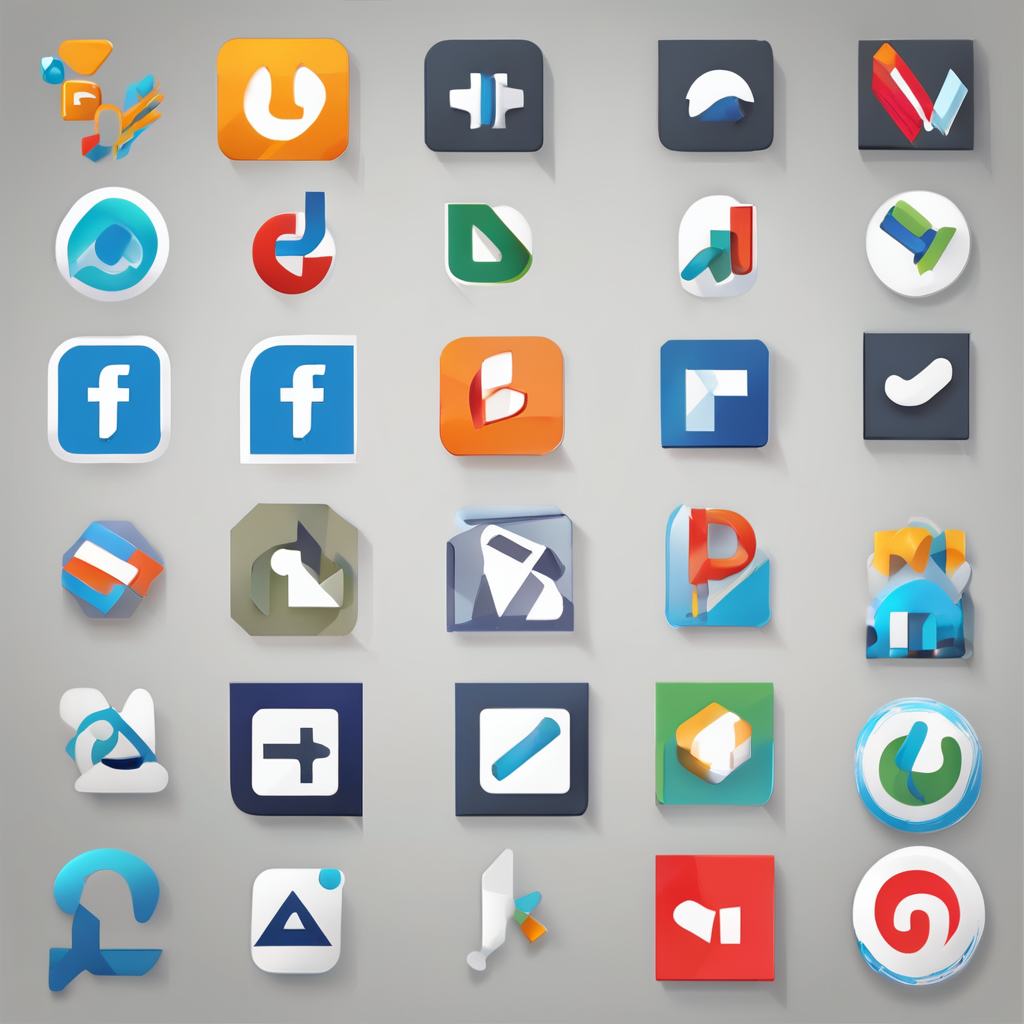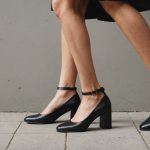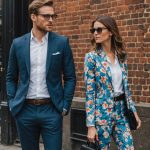Transform Your UK Business Casual Style: The Ultimate Guide to Mastering the Art
In the ever-evolving world of workplace fashion, mastering the art of business casual attire is crucial for making a professional yet comfortable impression. This guide will help you navigate the nuances of business casual style, ensuring you look and feel great at work.
Understanding Business Casual Attire
Business casual attire is a blend of traditional business wear and a more relaxed, modern style. It’s designed to be professional and appropriate for an office environment while allowing for a degree of comfort and personal expression.
In parallel : Transform Your Night-Out Look: Stylish Ways to Wear Doc Martens for a Sophisticated Evening
Key Elements of Business Casual
- Bottoms: Opt for slacks, business dress pants, khakis, chinos, or dark jeans without holes. For women, knee-length skirts and dresses are also suitable[1][2][4].
- Tops: Choose from button-down shirts, sweaters, blouses, henleys, or polo shirts. These can be paired with casual blazers or cardigans to elevate the look[1][2][4].
- Footwear: Closed-toed shoes like loafers, Oxfords, boots, pumps, or flats are ideal. Avoid overly casual options like sneakers unless specified by the company[1][2][3].
- Accessories: Simple, professional accessories such as scarves, belts, or jewelry can add a touch of elegance to your outfit[1].
Navigating Company Dress Codes
Every company interprets business casual differently, so it’s essential to understand the specific dress code of your workplace.
Research the Company Culture
Before your first day or an interview, research the company’s culture and dress code. You can look at the company’s website, social media, or even ask HR directly for guidance[3].
In parallel : Elevate Your UK Business Casual Look: Stylishly Incorporate Digital Prints into Your Wardrobe
Start Conservative
On your first day, it’s better to be slightly overdressed. Observe what your colleagues are wearing and adjust your style accordingly. It’s easier to dress down than to try to dress up an overly casual outfit[3].
When in Doubt, Overdress
For important meetings or events, err on the side of formality. A good rule of thumb is to dress one level above what you think is necessary. You can always remove a tie or unbutton your top button if you find yourself overdressed[3].
Building Your Business Casual Wardrobe
Here are some essential items to include in your business casual wardrobe:
For Men
- Shirts: Oxford shirts, polo shirts, and button-down shirts in various colors. Consider wool blends for a more professional look[3][5].
- Pants: Khakis, chinos, and dark-washed jeans. Navy blue and charcoal grey are versatile colors that can be paired with most tops[2][3].
- Jackets: A navy blue blazer or a casual sports jacket can elevate any outfit. Lighter colors like beige or light grey are also suitable for a business casual look[3][5].
- Footwear: Loafers, Oxfords, and boots are good options. Make sure they are polished and in good condition[3].
For Women
- Dresses and Skirts: Knee-length dresses and skirts in various colors. Pair them with blazers or cardigans for a more formal look[1][4].
- Tops: Blouses, sweaters, and casual shirts. Mix formal pieces with more casual items to achieve a semi-formal look[4].
- Pants: Tailored pants, slacks, and dark-washed jeans. Avoid overly tight or revealing clothing[4].
- Footwear: Flats, low heels, and closed-toe shoes. Avoid flip-flops and strappy sandals[4].
How to Wear Jeans to Work
Jeans can be a part of your business casual attire, but they need to be worn thoughtfully.
Choose Dark Colors
Dark-washed jeans are more formal and can easily be paired with other business casual items. Avoid light-washed or heavily distressed jeans[2][3][4].
Balance Your Outfit
Pair your jeans with a more elegant top or jacket to balance out the casualness. For example, a white button-up shirt with a dark blue blazer and black ballet flats can create a professional look[2].
Seasonal Adaptations
Your business casual style should adapt to the seasons to ensure you remain comfortable and stylish.
Spring and Summer
- Opt for lighter fabrics like cotton, linen, and pastel colors.
- Consider short-sleeved shirts and dresses.
- Sandals and loafers are acceptable in warmer weather, but ensure they are polished and in good condition[4].
Autumn and Winter
- Layer with turtlenecks, wool slacks, and heavier fabrics like wool or cashmere.
- Use season-appropriate footwear such as boots and closed-toe shoes.
- Add a blazer or a coat to your outfit for a more formal and warm look[4].
Smart Casual vs. Business Casual
While both styles prioritize a polished look, they serve different occasions and environments.
Smart Casual
Smart casual is a dressed-up version of your everyday attire. It sits between business casual and casual wear. Here are some key differences:
| Style | Smart Casual | Business Casual |
|---|---|---|
| Tops | More casual shirts with patterns or colors. | Button-down shirts, polo shirts, and blouses. |
| Bottoms | Jeans, chinos, and casual trousers. | Dark-washed jeans, khakis, chinos, and formal trousers. |
| Footwear | Sneakers, boots, and loafers. | Closed-toe shoes like loafers, Oxfords, and boots. |
| Occasion | Social events, casual meetings. | Office environment, formal meetings. |
| Accessories | More casual accessories like hats and scarves. | Simple, professional accessories like belts and jewelry. |
[3][4]
Practical Tips for Elevating Your Business Casual Style
Here are some practical tips to help you elevate your business casual style:
Layering is Key
Layering can add depth and professionalism to your outfit. Consider wearing a cardigan, vest, or blazer over a casual shirt or dress[3].
Accessorize Smartly
Accessories can make or break an outfit. A good watch, belt, or glasses can elevate your look and add a touch of professionalism[3].
Fit is Everything
Ensure that your clothes fit well. Loose-fit bottoms can appear too casual, while tight-fit bottoms can be uncomfortable and unprofessional. Opt for slim or straight-leg jeans and tailored pants[3].
Be Mindful of Colors
Darker, richer colors like navy blue, charcoal grey, and burgundy are more formal and versatile. Avoid overly bright or bold colors unless they are part of a patterned shirt or dress[3].
Example Outfits
Here are some example outfits to inspire your business casual style:
For Men
- Navy Blue Blazer, White Button-Up Shirt, Dark Jeans, Black Loafers: A classic combination that is both professional and stylish.
- Grey Sweater, Khakis, Brown Boots: A comfortable yet polished look suitable for most office environments.
- Oxford Shirt, Chinos, Black Blazer, Loafers: A versatile outfit that can be dressed up or down depending on the occasion[2][3].
For Women
- Knee-Length Skirt, White Blouse, Cardigan, Flats: A feminine and professional look that is perfect for the office.
- Dark Jeans, Patterned Blouse, Blazer, Ankle Boots: A stylish and balanced outfit that combines casual and formal elements.
- Tailored Pants, Sweater, Linen Blazer, Pumps: A chic and polished look suitable for formal meetings and presentations[1][4].
Quotes from Fashion Experts
- “The key to the business casual outfit is to balance the fine line between professionally appropriate and casual comfort.” – Hockerty[3]
- “Business casual attire is a combination of business formal and casual styles. It’s mostly about mixing those formal and less formal garments to create a look of semi-formality.” – Sumissura[4]
- “When in doubt, overdress. It’s easier to dress down an outfit than to try to dress up an overly casual one.” – Indeed[3]
Mastering the art of business casual style is about finding the perfect balance between professionalism and comfort. By understanding your company’s dress code, building a versatile wardrobe, and adapting to seasonal changes, you can create outfits that make you look and feel great at work. Remember, the goal is to maintain a professional appearance while being comfortably dressed. With these tips and guidelines, you’ll be well on your way to elevating your business casual style and making a lasting impression in the office.











